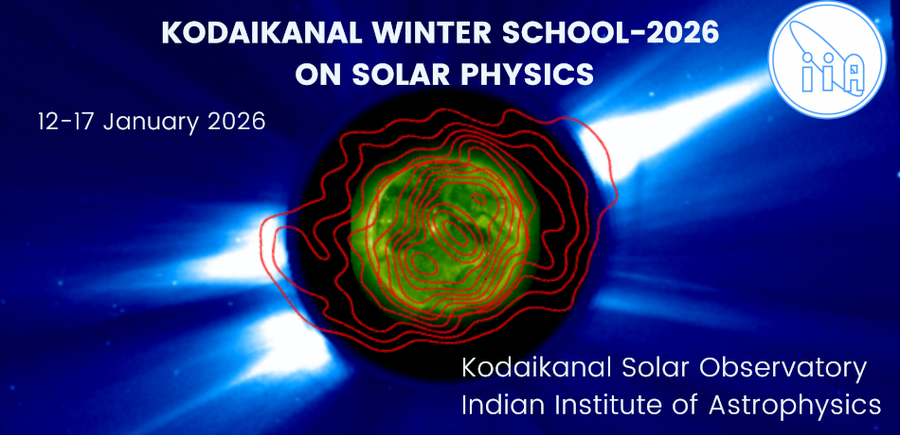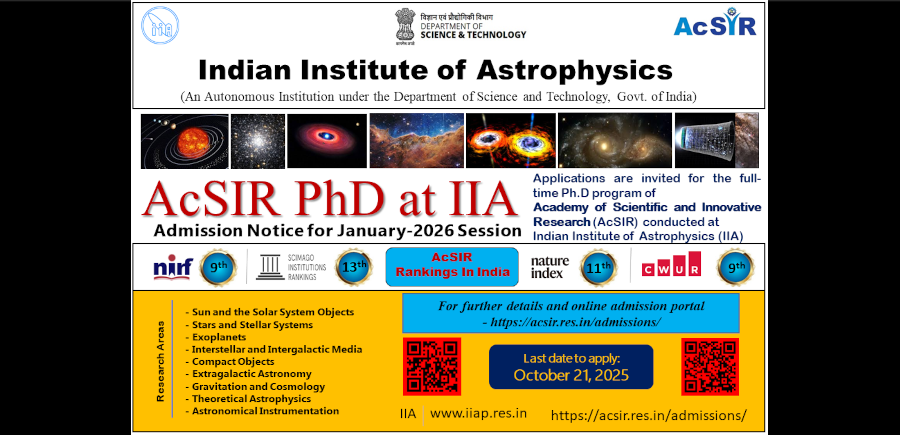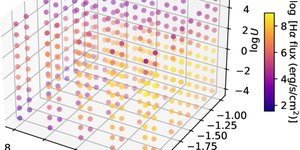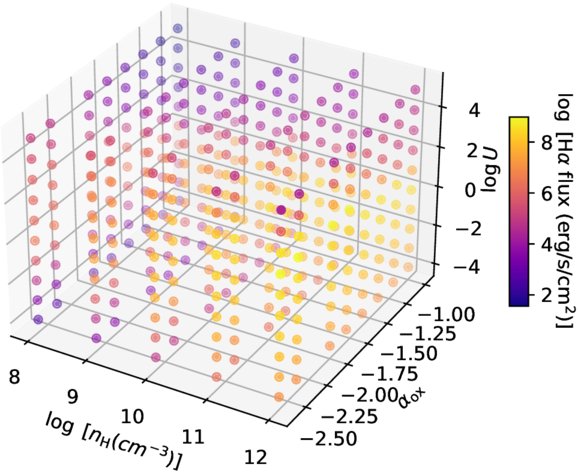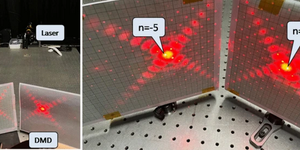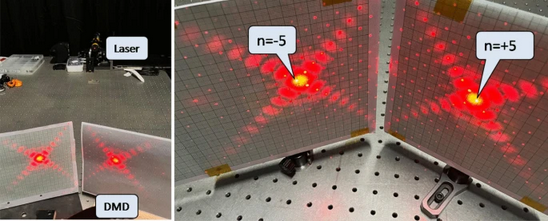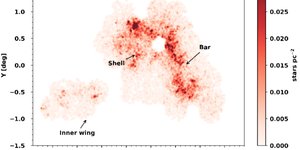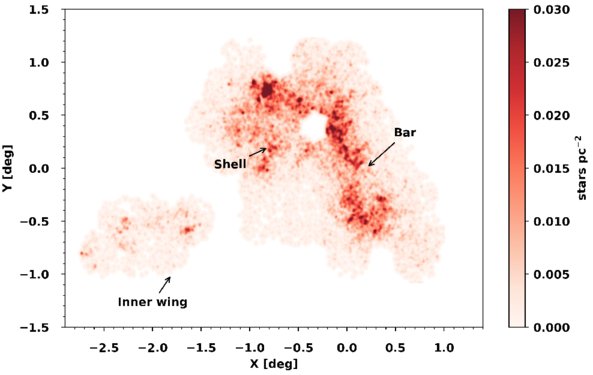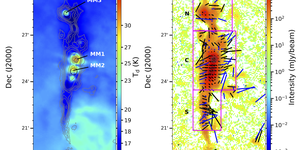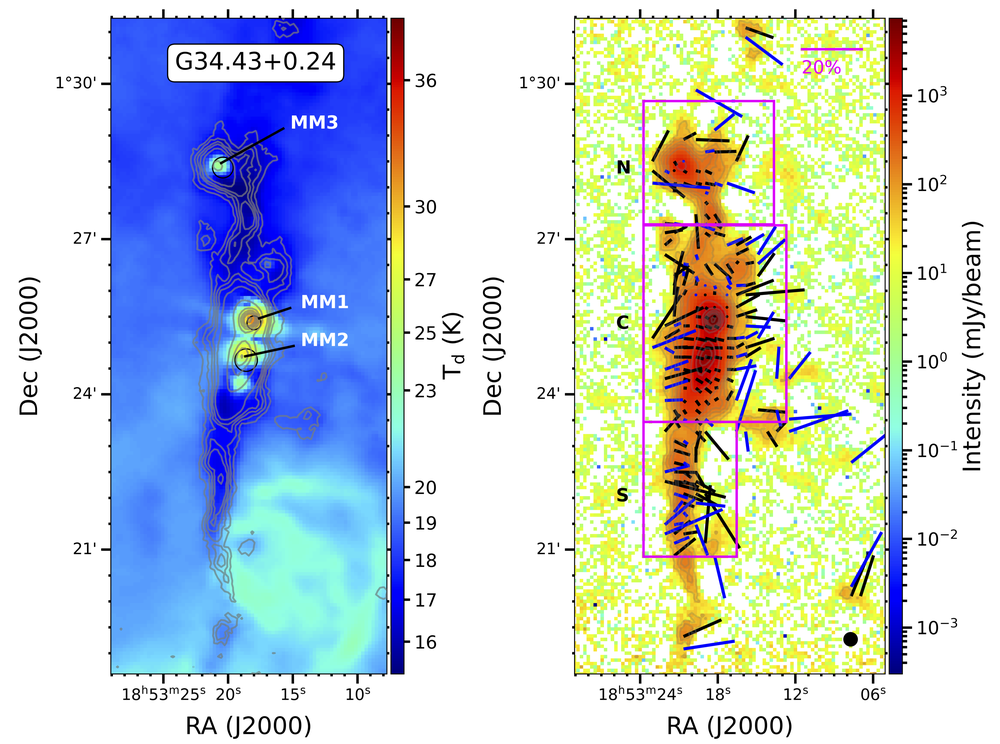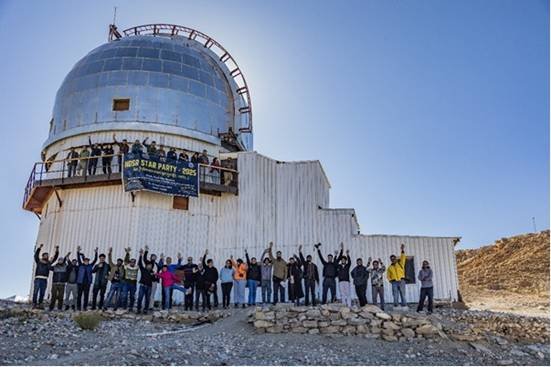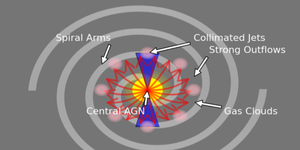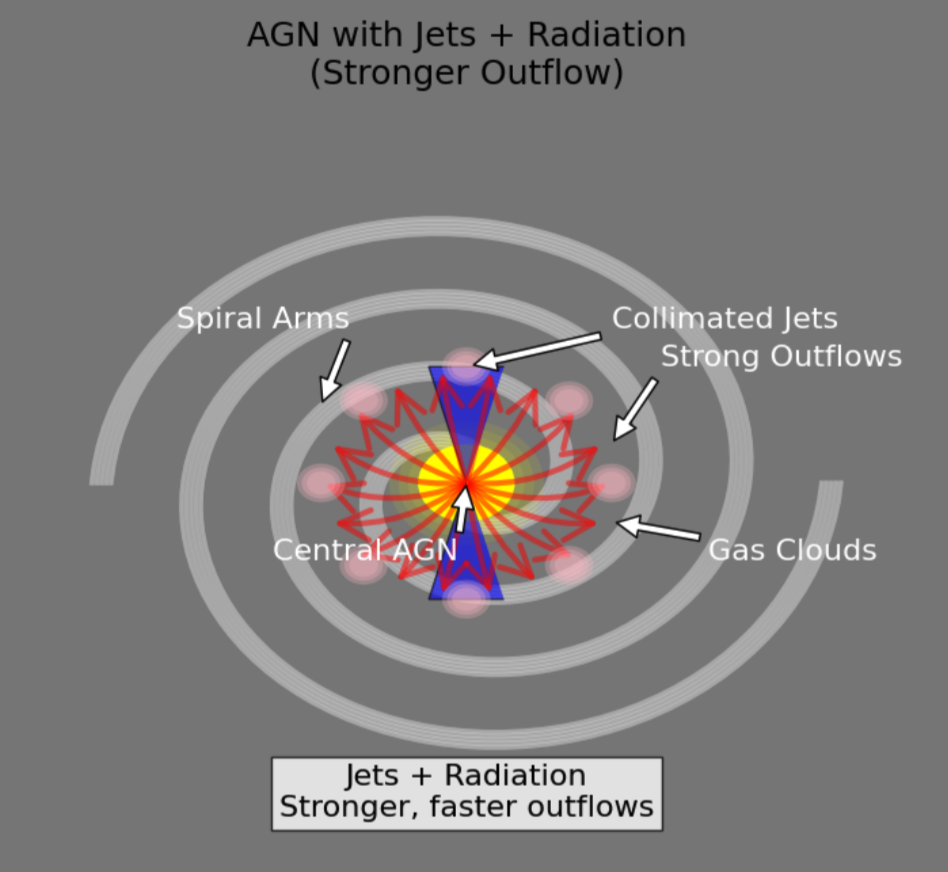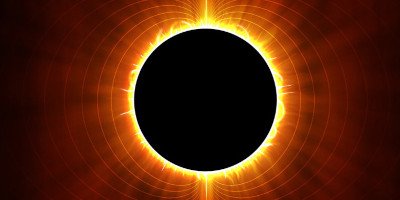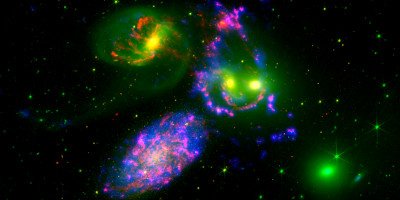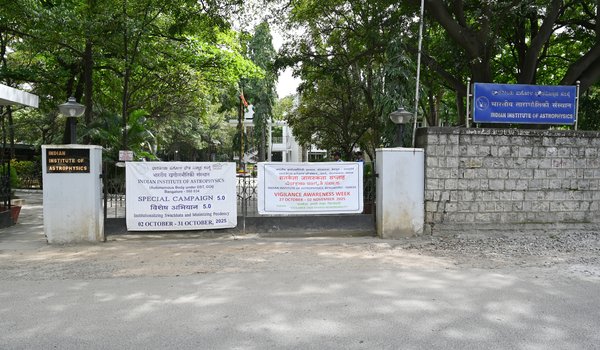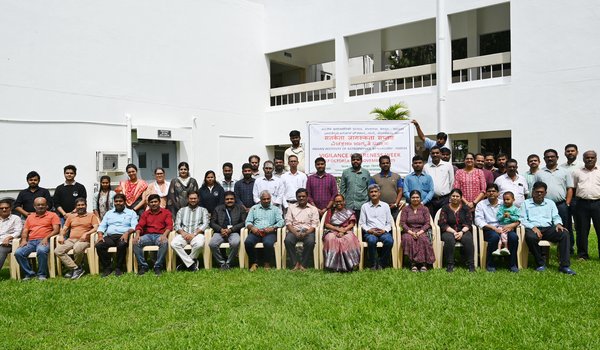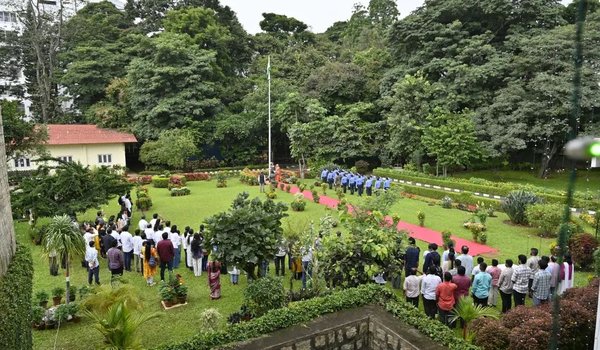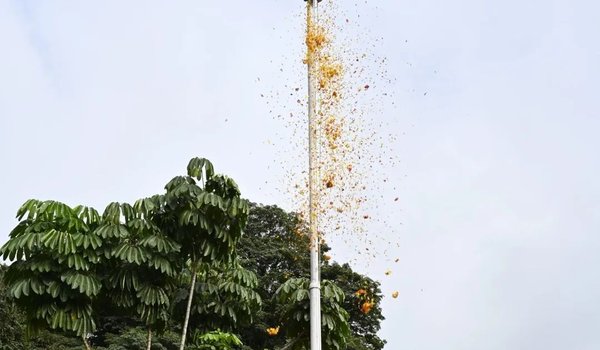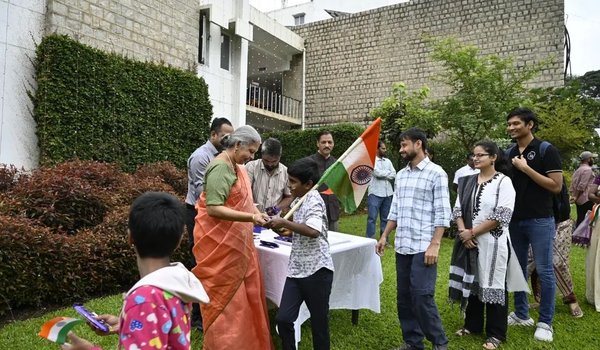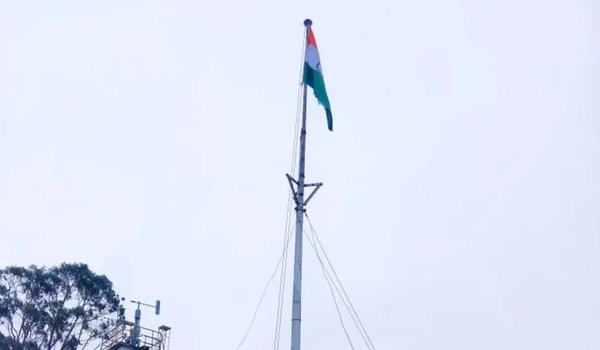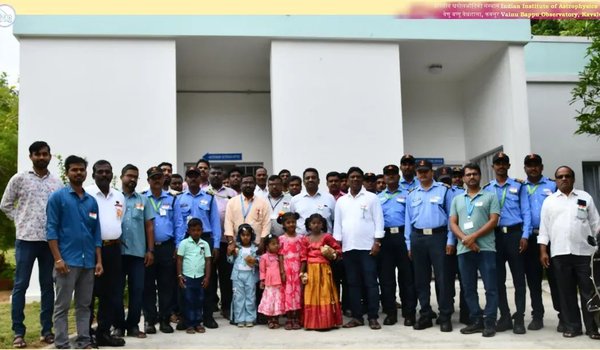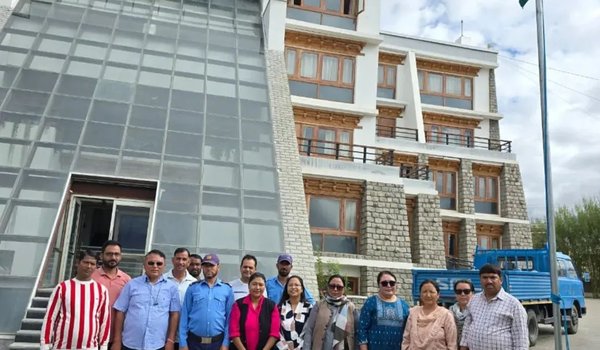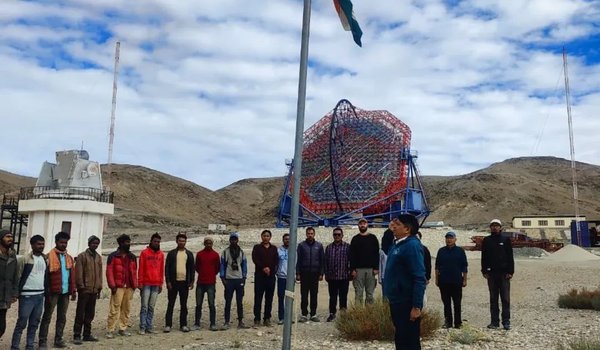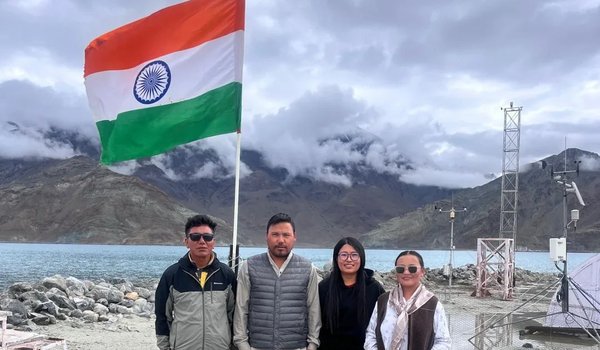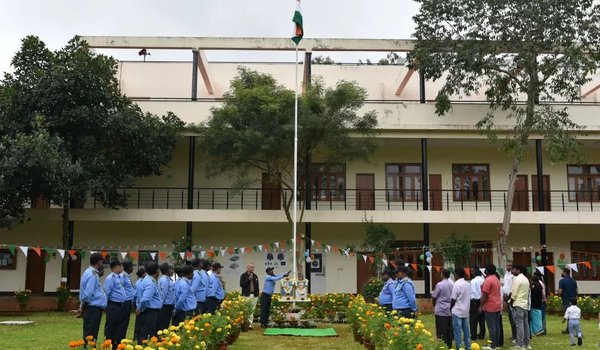The Digital Micromirror Device (DMD), a micro-electro-mechanical system (MEMS) consisting of individually controllable micromirrors, has emerged as a versatile tool for astronomical instrumentation, particularly in multi-object spectroscopy (MOS). Unlike traditional slit masks or fiber-based systems, DMDs offer dynamic reconfigurability, enabling efficient light modulation and enhanced spectral acquisition. Their adaptability has led to widespread adoption in ground-based spectrographs (e.g., RITMOS, BATMAN, SAMOS, IRMOS) and feasibility studies for space missions (e.g., EUCLID, CASTOR, SUMO, SIRMOS). DMDs have demonstrated robustness in space qualification tests, including radiation exposure, thermal cycling, and mechanical stress, making them viable for space-based applications. Recent advancements, such as UV-transparent windows and enhanced coatings, further expand their potential for ultraviolet astronomy. In India, the success of AstroSat’s Ultra Violet Imaging Telescope (UVIT) has motivated the development of the next-generation INdian Spectroscopic and Imaging Space Telescope (INSIST), which includes a DMD-based MOS for UV/optical observations. To advance its Technology Readiness Level (TRL), we evaluated the Texas Instruments DLP9500 DMD (1920 × 1080 micromirrors, 10 µm pitch) in the optical band, assessing key parameters such as diffraction efficiency, reflectivity, contrast, micromirror repeatability, and Point Spread Function (PSF) alignment. This study establishes a foundation for future UV-optimized DMD applications in INSIST and other astronomical missions.
Read more
